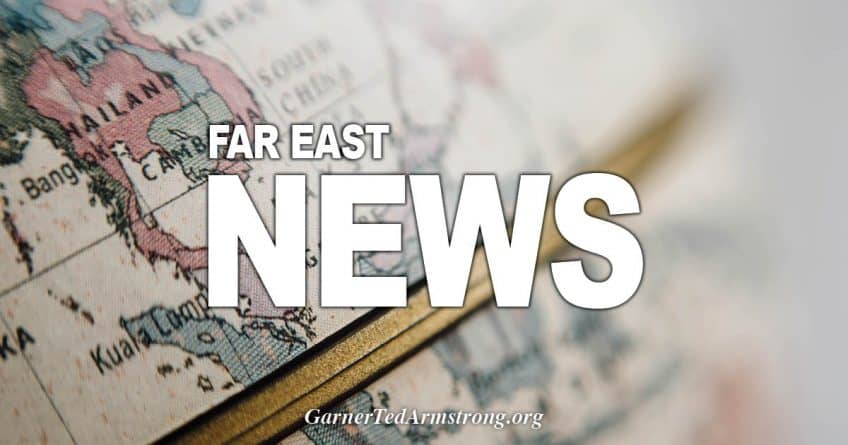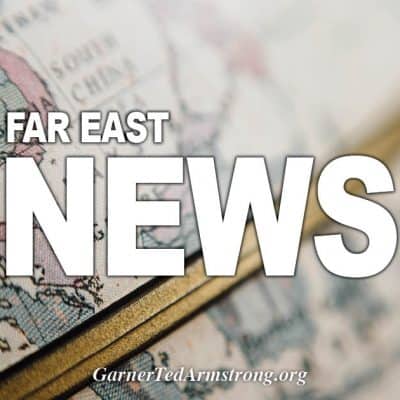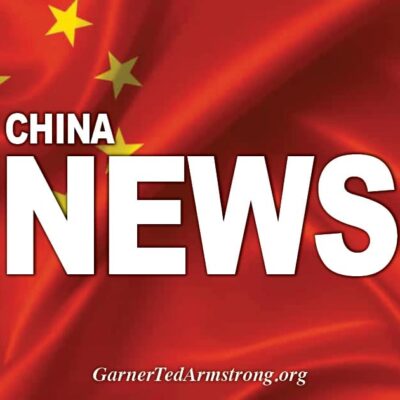
Despite a recent spike in tensions, China-Taiwan relations are still massively improved, exchanging university students and business investments rather than artillery shells and aerial bombs. However, the capabilities of the PLA have drastically increased in the interval as well.
Here’s What You Need To Remember: In the event of military conflict, most believe China would use the modern equivalent of the tactics used at Yijiangshan: a massive bombardment by long-range missile batteries and airpower well before any PLA troops hit the shore.
In 1955, the Chinese People’s Liberation Army embarked on a bloody amphibious landing to capture a fortified Nationalist island, only about twice the size of a typical golf course. Not only did the battle exhibit China’s growing naval capabilities, it was a pivotal moment in a chain of events that led Eisenhower to threaten a nuclear attack on China—and led Congress to pledge itself to the defense of Taiwan.
In 1949, Mao’s People’s Liberation Army succeeded in sweeping the Nationalist Kuomintang (KMT) government out of mainland China. However, the Nationalist navy allowed the KMT to maintain its hold on large islands such as Hainan and Formosa, as well as smaller islands only miles away from major mainland cities such as Kinmen and Matsu. These soon were heavily fortified with Nationalist troops and guns and engaged in protracted artillery duels with PLA guns on the mainland.
In 1950, the PLA launched a series of amphibious operations, most notably resulting in the capture of Hainan island in the South China Sea. However, a landing in Kinmen was bloodily repulsed by Nationalist tanks in the Battle of Guningtou, barring the way for a final assault on Taiwan itself. Then events intervened, as the outbreak of the Korean War caused President Truman to deploy the U.S. Seventh Fleet to defend Taiwan. However, the naval blockade cut both ways—Truman did not allow Nationalist leader Chiang Kai-shek to launch attacks on mainland China.
This policy changed with the presidency of Eisenhower in 1953, who withdrew the Seventh Fleet, allowing the Nationalists to build up troops on the forward islands and launch more guerilla raids on the mainland. However, the PLA was able to counter-escalate with new World War II surplus heavy artillery, warships, and aircraft it had acquired from Russia. The series of artillery duels, naval battles, and aerial bombardments that followed became known as the First Taiwan Strait Crisis.
On November 14, four PLA Navy torpedo boats laid a nighttime ambush for the KMT destroyer Tai-ping (formerly the USS Decker) which had been detected by shore-based radar. An ill-advised light onboard the destroyer gave the PLAN boats a target, and the 1,400-ton ship was struck by a torpedo and sank before it could be towed to safety. Later, Il-10 Sturmovik bombers of the PLA Naval Air Force hit Dachen Harbor, sinking the Landing Ship (Tank) Zhongquan. These episodes highlighted that the Nationalists could no longer rest assured of control of the sea, making maritime lines of supply to the more forward island garrisons progressively less secure.
While the PLA unleashed heavy artillery bombardments on the well-defended Kinmen Island east of the city of Xiamen, it more immediately planned on securing the Dachen Archipelago close to Taizhou in Zhejiang Province. However, the Yijiangshan Islands, a little further than ten miles off the Chinese coast, stood in the way. The two islands measured only two-thirds of a square mile together, but were garrisoned by over one thousand Nationalist troops from the Second and Fourth Assault Groups and the Fourth Assault Squadron, with over one hundred machine gun positions, as well as sixty guns in the Fourth Artillery Brigade. The garrison’s commander, Wang Shen-ming, had been awarded additional honors by Chiang Kai-shek before being dispatched to the post, to signal the importance placed on the island outpost.
[Disclaimer]










